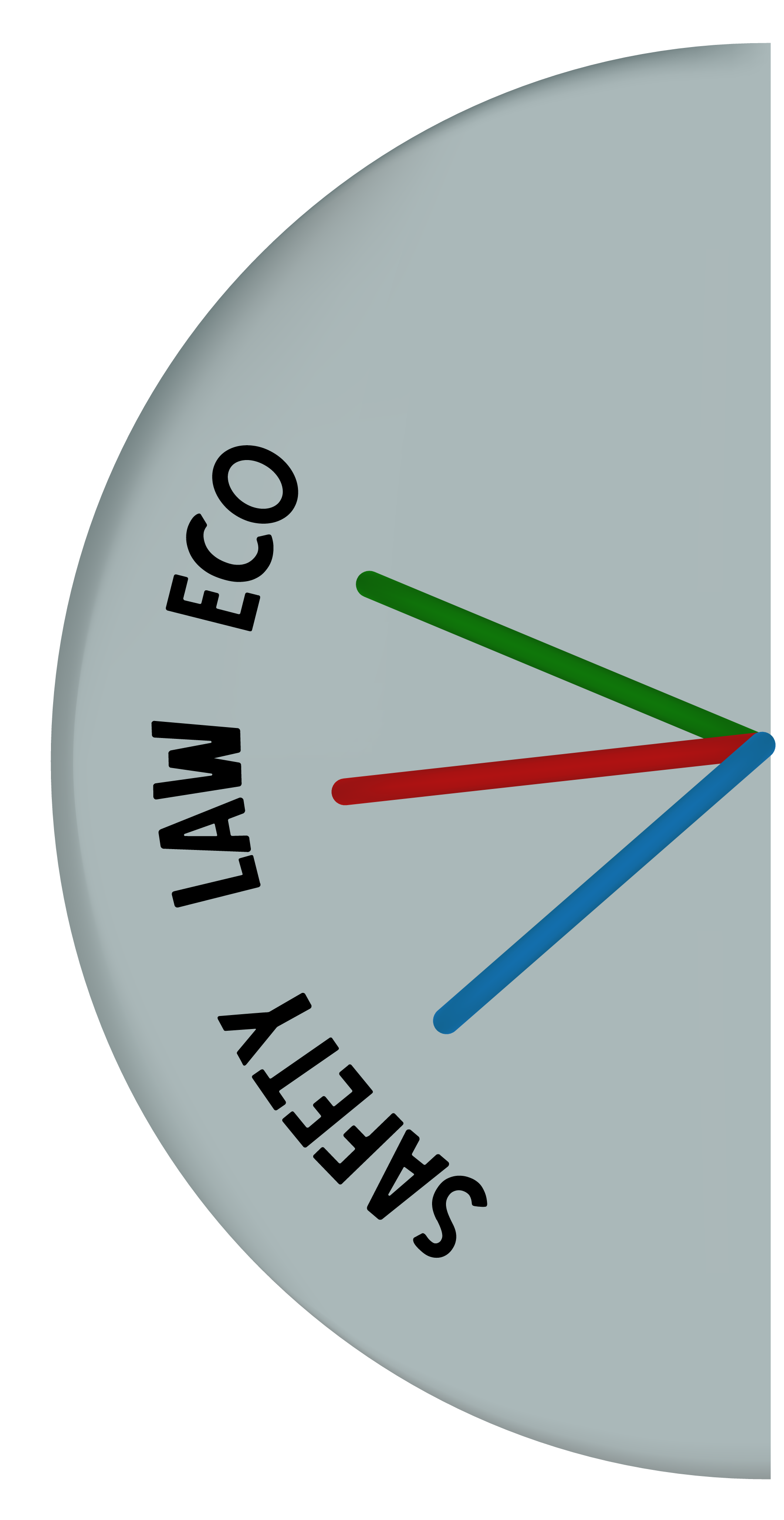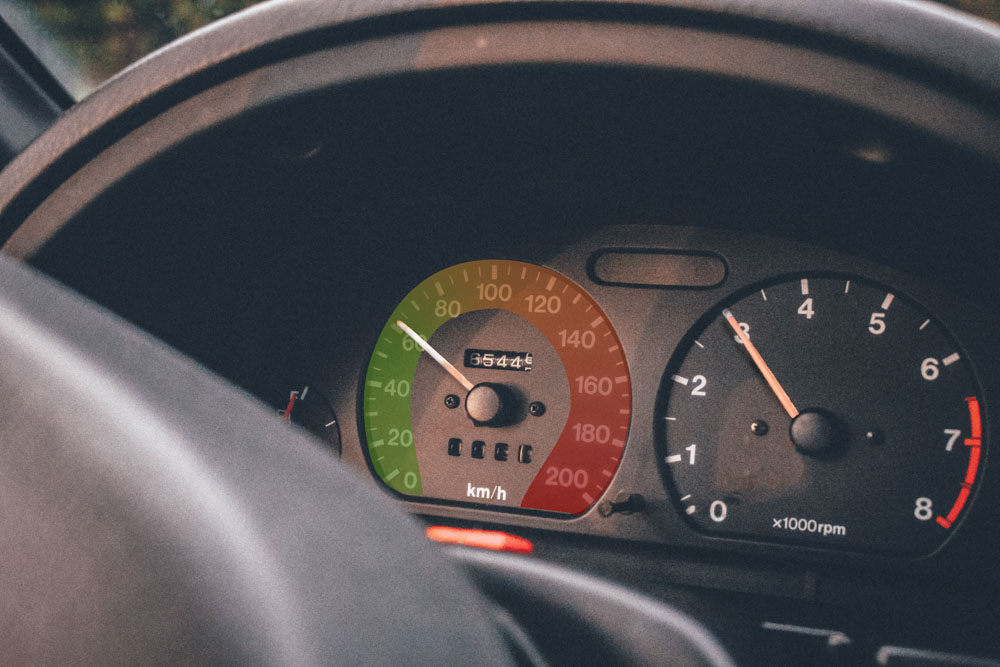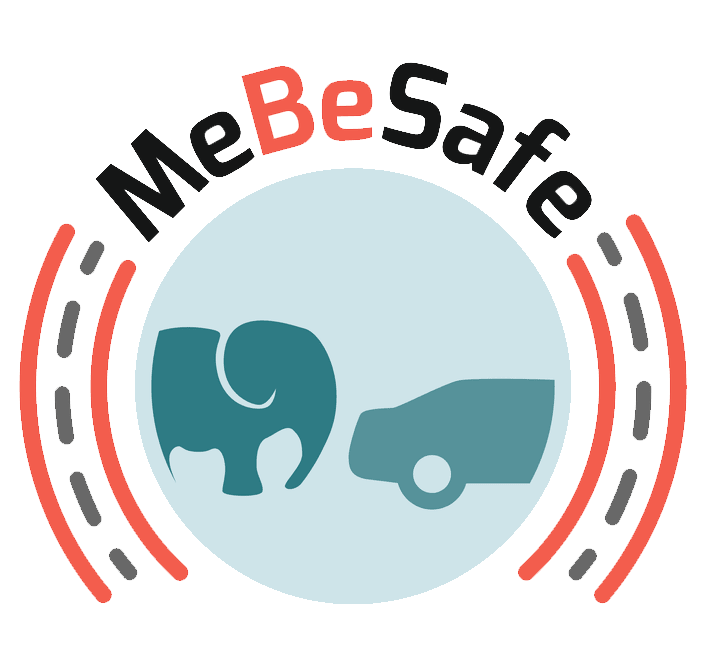What is good driving – REALLY?
The quest of comparing driving in different situations
We all want to be better drivers, but what is actually better? Lots of apps are supposed to measure how you drive and give you a score – but that score might not capture the whole truth. MeBeSafe is investigating how this could be improved.
Imagine yourself cruising along a highway in the middle of July. The sun warms the back of your head as the asphalt softly rattles beneath you. Now picture yourself driving in the middle of nowhere, right on a snowy mountaintop. Blizzards roar while the tyres screech in desperate pursuit of finding grip. There’s honestly not much similarity between the two situations.
As a skilled driver, you are totally aware that you must behave in completely different ways. You would expect that your driving-app – measuring how well you drive – understands the difference and takes it into account as well.
Many of these apps claim to track the way you drive – and that’s also what they do to a high degree. But as the market for driving apps has grown, there has not yet been enough research to understand the whole picture. Few apps specify what they measure when you drive or how they convert it into a score. Anders af Wåhlberg is a MeBeSafe researcher from Cranfield University who has been looking into this type of issue for years.

“I only managed to get my hands on an app algorithm one single time. The score-calculation looked complicated, and at a first glance you might be impressed by the complexity.“
“But more complexity is not necessarily good. I dug into the code for a few weeks and it doesn’t really seem to be based on the previous evidence we’ve found.”
Anders means that many apps have not yet been able to base everything on scientific evidence. Instead, they seem to have set up limits and weights for certain behaviour based on personal judgements. This is certainly not surprising, as it is immensely hard for anyone to judge what is good or bad driving. But this oversimplification – or overcomplication depending on how you view it – might not be an ideal solution.
“Some apps will for example give you some kind of penalty if you speed, and that could sound reasonable. But what they actually say by that, is that there is no risk of an accident if you drive at the speed limit or below – but a large risk if you are above. Research does not say that. The risk of an accident is dependent on the speed – but not the amount of speed above some kind of limit.” Anders decrees.

If a driving app should work perfectly, it should treat behaviour more as a continuum than something with fixed limits. Driving at 79 on an 80-road could not always be considered ‘better’. Likewise, driving at 120 on the 80-road must be considered to be ‘worse’ than driving at 81. There should be a more floating scale if we are to capture the reality. But not only does such an app have to be more flexible in measuring, it also has to choose what is the best behaviour.
Should high levels of safety or the lowest fuel consumption be the ultimate goal – or perhaps that of always following the traffic rules? These three might lead to three different optimal speeds. And when you take more than one type of behaviour into account, such as speed, acceleration and turning radius, you are about to enter the mad box. How much is a fairly good acceleration worth compared to a fairly bad speed? When you want to have a compromise between safety and fuel consumption for a number of different parameters – it is very easy to just forget about science and set up some seemingly good limits.

And still, the most complex issue has yet to come. Let’s head back to the summer highway and the snowy mountaintop. An app should be not only able to understand the current situation but also judge what type of behaviour is most appropriate in that context.
“Shell is developing a new app for truck drivers within MeBeSafe. And for truckers, the context becomes ever more important. For instance, one app used today could give awful scores when you were driving in the city compared to driving on the highway. But the truckers already know if they drove in the city or on the highway. They want to know how well they did in that environment” Anders states.
This is something MeBeSafe intend to change. The pursuit is anything but trivial, but it is necessary if an app should avoid falling into the pit of arbitrary selected values.
To reach this goal, the general connections between different environmental factors and safety-risks need to be defined. In order to do that, real driving data has to be analysed. A lot of real driving data. Not only do we need data on a driver driving at 60 km/h, accelerating 1.5 m/s2, turning their wheels in a curve with a radius of 10 m, with an ambient temperature at 12°C, 1.5 mm of rain falling per hour and 15 cars/min passing on the road.
We need driving data for each scenario at each location. This is a huge task for anyone. But it is something that we are willing to aim for to cover all aspects of driving.
“We of course have ideas on how to do this with the things we have. But the results would be even more complete if others would share their data sets from previous studies. There are a lot of large data sets that would be invaluable to do this analysis.” Anders states. “In an ideal world, if we get all the data that we need we could make an app that makes total sense. That way a trucker could look at their app and say ‘Ah, I did better last week, not because I drove on the highway but because I was better.’ And that is what really matters in the end.”
